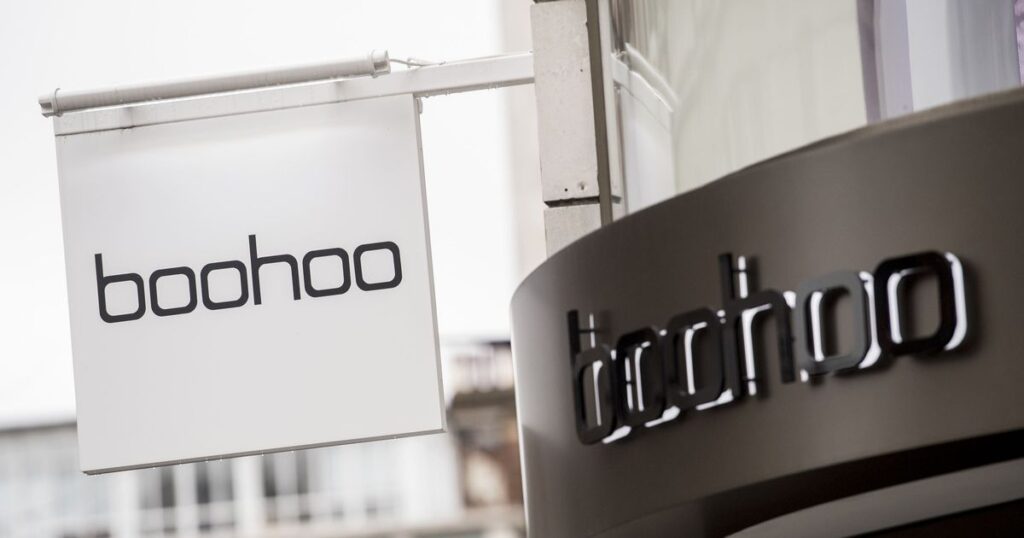Boohoo, the leading online fashion retailer, is initiating pivotal transformations in its US market operations. These changes are designed to enhance both sustainability and profitability.
By centralising its distribution from the UK, Boohoo not only aims to cut costs but also to broaden its product offerings to American consumers.
Boohoo has announced a noteworthy change in its distribution strategy for the US market to enhance its overall business model. By ceasing operations from its Pennsylvania distribution centre, the company aims to reduce operational costs significantly. This shift allows Boohoo to leverage its sophisticated automated distribution facility in Sheffield, paving the way for a broader product range to be accessible to the US consumer base.
The decision to expand the catalogue offered to US customers aligns with Boohoo’s strategy of improving its market position. By harnessing its UK distribution resources, Boohoo is optimising its inventory management, which appears to successfully cater to a wider variety of consumer preferences. This move is expected to foster stronger brand loyalty and market penetration in the United States.
According to financial experts at Zeus Capital, Boohoo’s recent announcement demonstrates decisive action in improving its competitive edge in the US market. They express confidence that these developments will bolster the company’s financial standing by effectively leveraging its UK operations, although they caution against potential return cost implications.
Moreover, high inflation rates have further complicated Boohoo’s post-pandemic recovery. These economic challenges have compelled the retailer to adopt innovative business models, including heavy investment in automation, to maintain competitiveness and profitability.
Addressing these concerns, Boohoo has since prioritised ethical labour practices within its supply chain management. By ensuring compliance with legal requirements and ethical standards, the retailer aims to rebuild its brand image and regain consumer trust. This commitment is integral to Boohoo’s overarching strategy of sustainable growth.
As Boohoo continues to adapt to prevailing market conditions, these strategic initiatives underscore the company’s resilience and adaptability. By continuously evaluating its business practices and making necessary adjustments, Boohoo positions itself for sustained growth in an increasingly competitive retail landscape.
Industry analysts have viewed Boohoo’s latest strategic decisions as prudent and forward-thinking. By addressing previous shortcomings and capitalising on new opportunities, Boohoo demonstrates an astute understanding of international market dynamics and consumer demands, which is essential for its success.
In conclusion, Boohoo’s strategic manoeuvres highlight a commitment to sustainable growth and improved market positioning.
The company’s emphasis on expanding its product range and refining business operations augurs well for its future success in the competitive US market.


